ECR Retail Loss
Enabling the Retail Sector to Sell More and Lose Less

Streamlining Shop Floor Operations: Innovations to Tackle On-Shelf Availability Challenges
It’s a little over four weeks until the showcase finale of our On-Shelf Availability (OSA) Innovation Challenge. These initiatives have the power to tackle some of the stubborn problems in retail today. Each week we will shine a spotlight on one of the focus areas where our innovators will have the biggest impact. This week: Shop Floor. The shop floor is retail’s frontline. It’s where sales are won or lost. The surge in online grocery sales and changing consumer behaviours mean traditional retail models must evolve. Traditional shop floor solutions can be one-size-fits-all. However, the reality of retail is anything but uniform. Our judges were looking for dynamic approaches that fit individual store contexts, with the flexibility to optimise shelf space, reduce overstocks and minimise losses in line with local needs. They considered innovations that use real-time data analytics to adapt to changing sales patterns, ensuring shelves are replenished proactively rather than reactively. And solutions that boost visibility of shelf inventory levels to enable quicker replenishment, while ensuring high-demand items are always available to shoppers. The judges were looking for innovations that could streamline picker accuracy, to cut errors and ensure customers get the right product every time. And they considered new ways to simplify security checks at self-checkout. This includes developments that cut errors and prevent bottlenecks in the payment process. Solutions that address these critical challenges on the shop floor can improve sales and customer satisfaction. And also play significant roles in controlling retail losses. Standout innovations that impressed our panel of 36 global OSA experts, representing dozens of leading international brands, in the Shop Floor category include: Captana Sub category: Outdated manual audit practice Captana revolutionises retail audits with computer vision and IoT, ensuring on-shelf availability through real-time monitoring, live insights, and automated alerts. Clobotics Sub category: Oudated manual audit practice Clobotics uses advanced computer vision technology for real-time inventory monitoring and compliance, optimising retail operations and ensuring consistent product availability. Databricks Sub category: Safety stock levels Databricks optimises retail inventory with AI-driven out-of-stock modelling and real-time insights, ensuring consistent on-shelf availability and minimising stock issues. Evershelf Sub category: Enabling real-time stock visibility Evershelf enhances high-value retail aisle security with real-time stock visibility and alerts, reducing shrinkage and optimising inventory accuracy through scalable monitoring. METAshelf™ Sub category: Enabling real-time stock visibility METAshelf™ by NomadGo leverages AR and computer vision for real-time inventory intelligence, enhancing supply chain automation and driving operational efficiencies. Neoalto Sub category: Enabling real-time stock visibility Neoalto uses IoT and proprietary sensors to enhance on-shelf availability, optimising inventory and store operations through real-time, data-driven insights. Rapitag Sub category: Security tags Rapitag enhances on-shelf availability with smart tags that integrate anti-theft, mobile payment, and inventory management, streamlining the retail and checkout process. Shelfie Sub category: Real-time data for replenishment Shelfie uses camera technology and AI analytics to optimise on-shelf availability, reduce stock-outs and enhance retail efficiency through automated replenishment alerts. ShelfWatch Sub category: Enabling real-time stock visibility ShelfWatch by ParallelDots uses image recognition for real-time retail shelf monitoring, optimising planogram compliance and enhancing on-shelf availability. Shelfwise Sub category: Static Planograms ShelfWise leverages AI and image recognition to provide real-time shelf monitoring, ensuring optimal inventory and reducing out-of-stocks in retail environments. Store Intelligence™ Sub category: Outdated manual audit practice Simbe's Store Intelligence™ uses AI and robotics to enhance retail operations, reducing stock and pricing errors, and improving online order fulfillment efficiency. Tech Shelf Sub category: Real-time data for replenishment Tech Shelf reduces retail losses by providing real-time shelf data, enabling proactive replenishment and boosting sales through efficient stock management. V7 Labs Sub category: Static Planograms V7 Labs uses advanced AI and computer vision to automate planogram compliance and optimise shelf management, ensuring consistent product availability in retail. Will any of these be among the ten finalists selected to pitch to our judges? The only way to find out is to sign up for our OSA Innovation Challenge showcase finale on May 22.
Managing Losses on Fresh Meat: Latest Practices.
Our working group met recently to swap notes on managing the problem of unknown losses in the fresh meat category. Here are the key takeaways and latest retailer practices. First, losses attributable to fresh meat are substantial [and growing] Retailers in the meeting consistently shared that losses on meat were growing, and could account for over a third of the total unknown losses for their business. For a large European supermarket, that could be €300k per year for just one category. At the individual sku level, some of the retailers were reporting losses on certain hot sku's, such as a leg of lamb, to be over 8% of sales. Instinctively, there was a view that the losses could be attributed to theft, and linked to the cost of living crisis being experienced globally. However, the discussion revealed some non malicious causes of losses that were contributing. Second, catch weight pricing and variable prices create system errors. Several retailers shared that moving to fixed pricing has helped remove some of the problems related to variable pricing, Making these changes was not a short or easy change, however, the impact on losses had been significant. Thirdly, range choices and display locations can make a positive difference. Retailers reported how they were trimming the range in their high risk stores. One retailer reported the removal of a multi-pack steak offering had made a significant difference. Looking at location in the store, one retailer shared how by moving their steaks to a high traffic, highly visible location in the store, where the products could be observed by shoppers and store associates, they were delivering both higher sales, and lower losses. Fourthly, source tagging is gaining traction in fresh meat loss reduction In previous meetings, retailers had reported that the addition of a highly visible security claim "this product is security protected" and a soft tag on legs of lamb, steaks, etc can reduce losses by up to 50%, deterring the opportunist thief. In response to the growth, a significant number of the retailers were now deploying or looking to expand the deployment of EAS source tagging on this category. One concern with source tagging has been self-checkout, and how the items could be reliably deactivated without creating too much extra friction and additional false alarms at the pedestals. Finally, adding friction is becoming seen as a solution of last resort. Whether this was in the form of hard security tags, nets or safer cases, the addition of these devices was seen as regrettable but unavoidable, with results suggesting a >30% improvement in losses for some of the retailers in the meeting. Looking forward, retailers in the meeting shared the potential role for new technologies such as RFID or BLE, to support tracking and improved visibility to inventory. There was some interest also in smart display cabinets. To learn a bit more, click to view recap video with Professor Beck
Revealed: The Top 30 OSA Innovations
Since October, we have been searching for accelerators, incubators, and universities worldwide for the best innovations in OSA. After a six-month search and reviewing more than 500 companies, we created a long list of 114 amazing solutions. The Top 30 have been chosen from that long list by a 36-strong panel of store operations and OSA experts, representing international retailers and CPGs from more than ten countries. These innovations were highly rated by our OSA expert judges for their potential to shape the future of OSA and find new ways to solve problems they identified across four categories: supply chain, backroom, shopfloor, and upstream design. The full list is below: You can view each of them in more detail by clicking below CLICK FOR TOP 30
What To Make Of Unexpected News Stories In The Bagging Area?
If you were to read the press and social media, you could be forgiven for thinking that we have now reached the end of the growth of self-checkout in North America. In the US, Target is now limiting access to self-checkout lanes for shoppers buying 10 items or fewer. Dollar General is making three changes to its self-checkout strategy to get a grip on increasing retail losses. Converting many self-service lanes to staff-assisted checkouts Limiting self-checkout transactions to five items or fewer Completely removing self-checkout from its 300 highest-shrink stores. Meanwhile, Canadian retailer Loblaw is introducing gated receipt scanners at the exit to self-checkout lanes. The aim is to further control losses. But behind these eye-catching headlines, we see no hard evidence that the pace of self-checkout adoption is declining. What we hear most about is the expansion of self-checkouts, with the introduction of larger self-service payment areas designed for shopping carts/trollies, the use of hybrid SCO’s and momentum building on the Scan & Go proposition and several retailers in our SCO working group trialling smart carts. We also note, the growth of Self-Checkout deployments beyond just the supermarket, with deployments in fashion, drug, forecourt retail, club and cash & carry, home improvement, duty free shopping and discounters. ECR Retail Loss have been hosting regular online and in-person meetings on self-checkouts for over 15 years, with participation from the self-checkout experts from over 100 different retail business’s from around the world. This group has commissioned and published multiple research papers on their impact on losses and the interventions that can reduce frustrations, improve scan accuracy, and decrease the # of walkaways. Our latest report New design thinking for SCO | Ecr Shrink Group (ecrloss.com) offers innovative approaches from young designers to self-checkout stagnation. It uses human-centred design techniques to tackle associated retail losses while creating an all-round better experience for staff and shoppers. Based on the positive retailer responses, we can expect to see adaptations of these ideas in store soon!





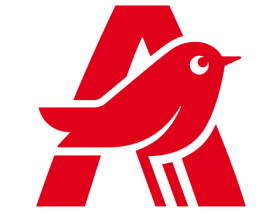
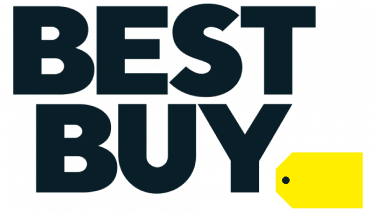
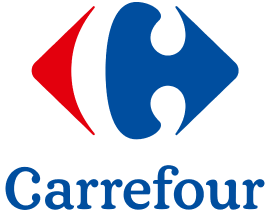
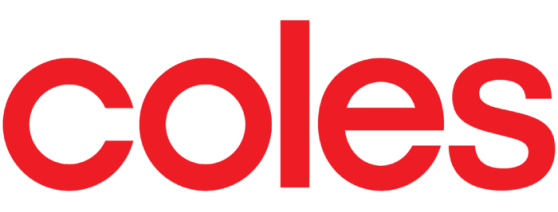






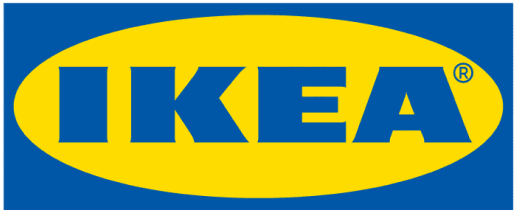

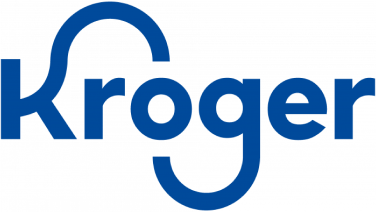
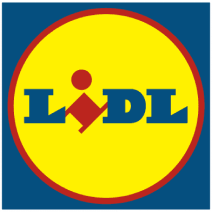
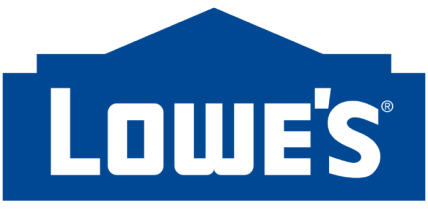

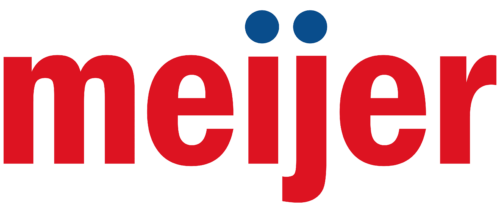
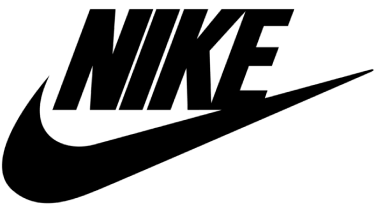










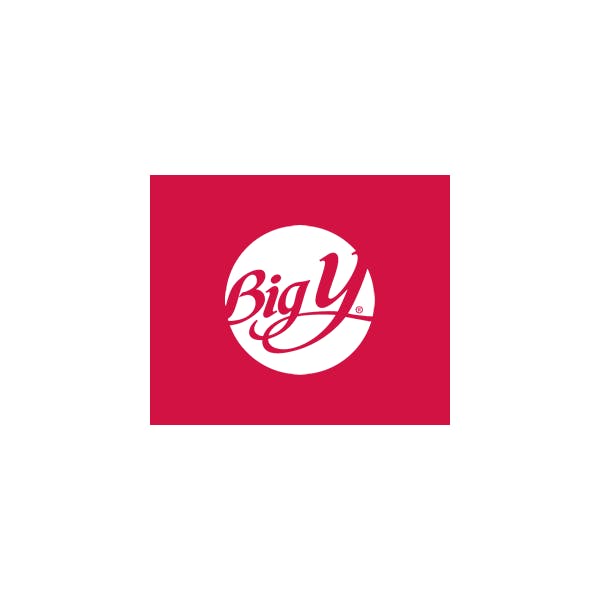
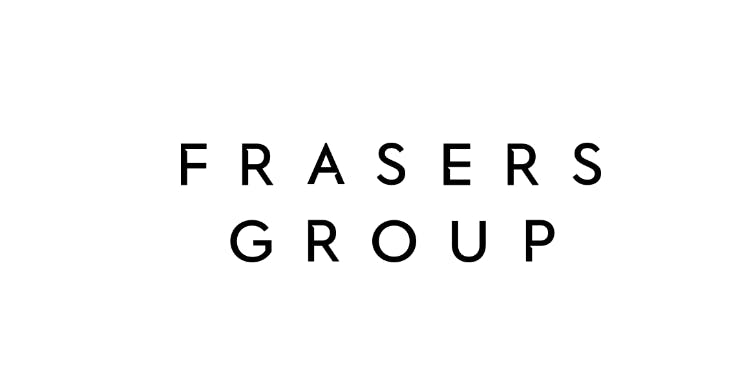

FOCUS AREAS
The research priorities are determined by its members – they drive the agenda to ensure ECR delivers research that meets the need of the industry bringing new insights, tools and techniques that enables retailers to sell more and lose less.
Main office
ECR Community a.s.b.l
Upcoming Meetings
Our Latest news
Join Our Mailing List
Subscribe© 2023 ECR Retails Loss. All Rights Reserved|Privacy Policy









